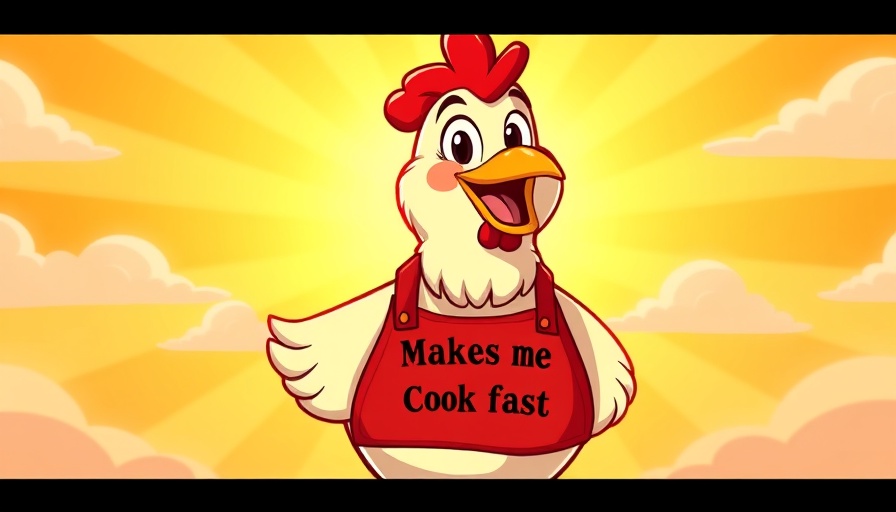
Why Choose Fall for Raising Chickens
Transitioning to a fall schedule for raising chickens presents unique advantages for both novice and seasoned poultry keepers. Indeed, while spring is traditionally hailed as the prime season for hatching, raising chicks in autumn not only allows for stronger, hardier birds but also promises enhanced egg production during critical months.
The Science behind Fall-Hatched Flocks
Experts suggest that chicks hatched in the fall can outperform their spring-hatched counterparts in egg production. As noted by poultry specialist D'Lorina Nail, the timing of maturity plays a significant role in egg-laying patterns. While spring chicks mature as daylight shortens, fall-hatched pullets delay their production until longer days return in spring, resulting in peak laying during the more productive summer months. This ensures a steady supply of larger eggs right from the onset of their laying period.
Top Breeds for Fall Raising
When selecting breeds for a fall poultry venture, certain characteristics such as egg production capabilities, hardiness, and temperament should guide your decision. Below are some recommended breeds that perform exceptionally well when raised during the autumn months:
- ISA Browns: Renowned for their prolific egg-laying abilities, ISA Browns lay approximately 300 eggs per year, making them an ideal choice for high productivity.
- Rhode Island Reds: Combining dual-purpose efficiency, these birds yield over 200 brown eggs annually while also providing quality meat.
- Australorps: The champions of winter egg production, they can lay upwards of 250 large brown eggs per year, maintaining productivity well into the colder months.
- Plymouth Rocks: Hardy and friendly, Plymouth Rocks are excellent dual-purpose chickens that adapt well to autumn conditions.
Benefits of Raising Fall Birds
Raising chickens in the fall also shields young birds from extreme summer heat, which can lead to reduced egg production and stress. More mature birds are less vulnerable to such environmental challenges, making them easier to care for in varied climates. Additionally, fall is often a more accommodating time for new poultry keepers who may find springtime commitments too hectic.
Conclusion: An Optimal Time for Chickens
Ultimately, raising chickens in the fall not only maximizes egg production but also creates healthier birds ready to thrive as they create a sustainable future for your flock. Consider adding a fall hatching plan to your poultry strategy.
 Add Row
Add Row  Add
Add 




Write A Comment